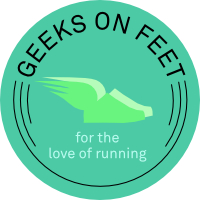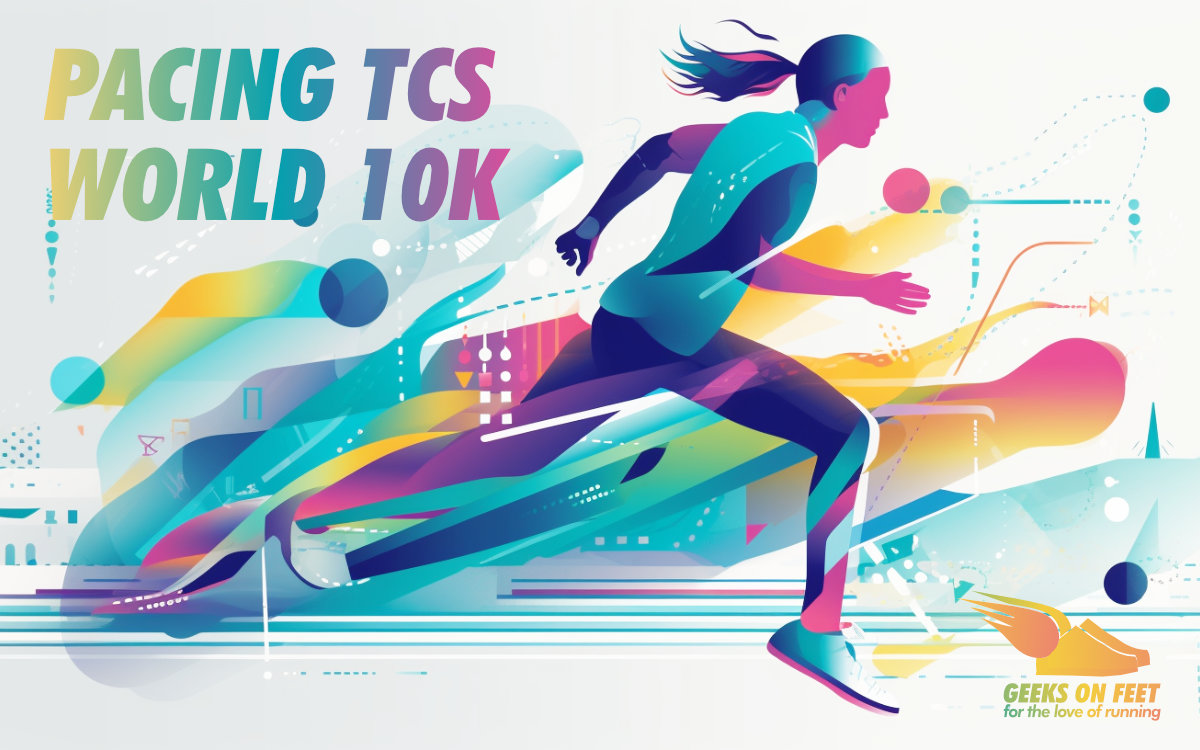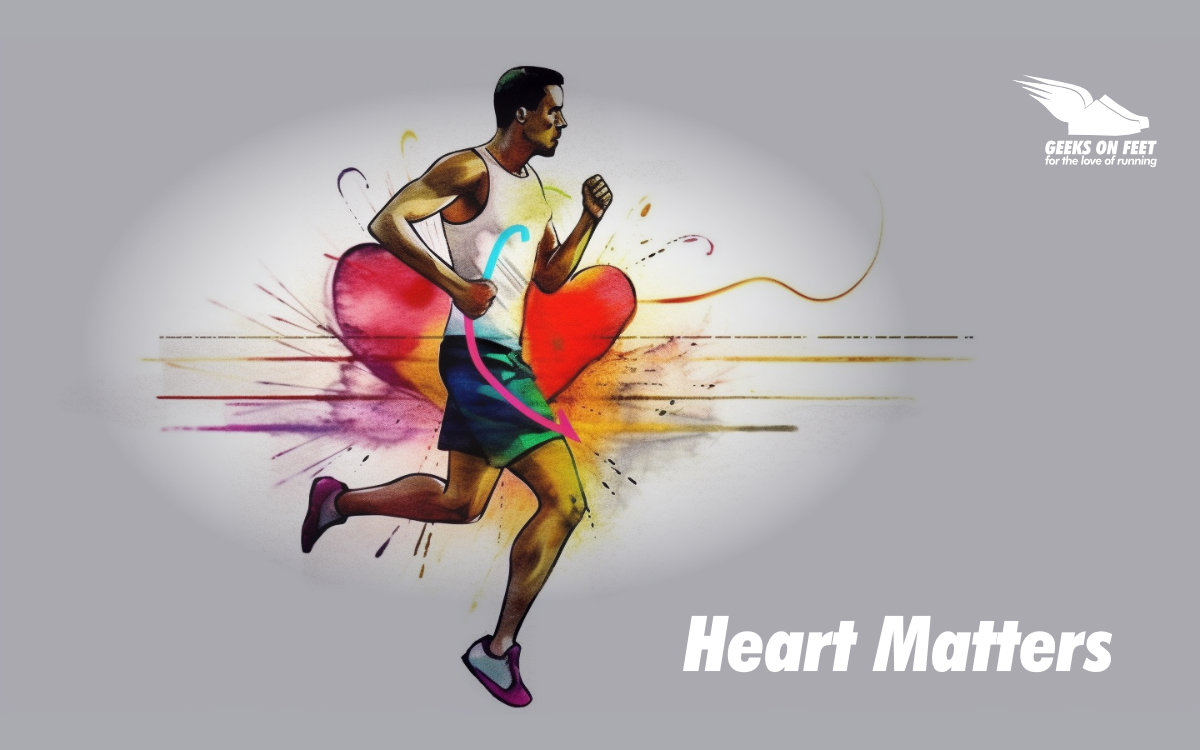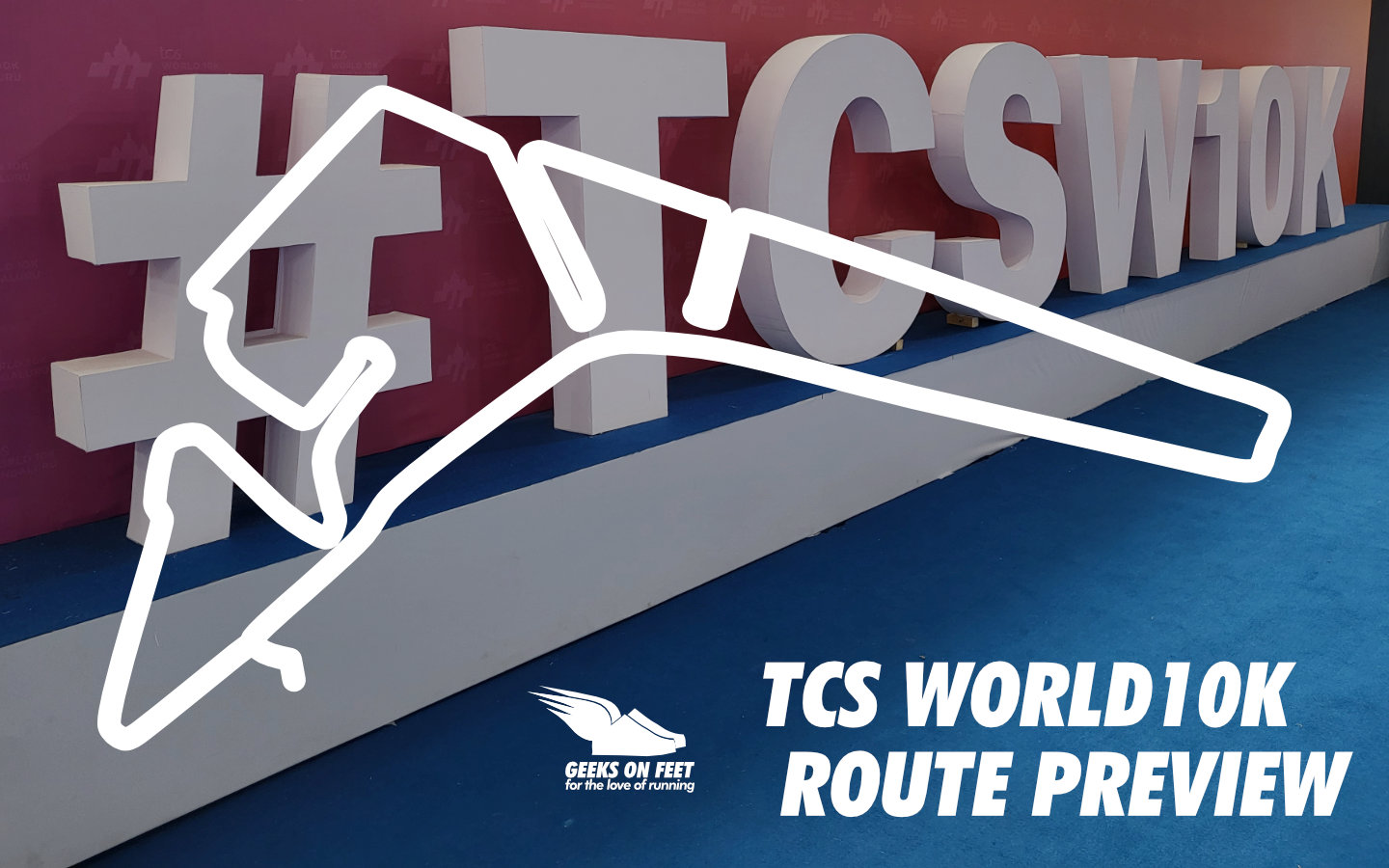Bengaluru 10K Challenge 2022 Route Preview
Are you running the Bengaluru 10K challenge? Here is what you need to know about this tougher one.
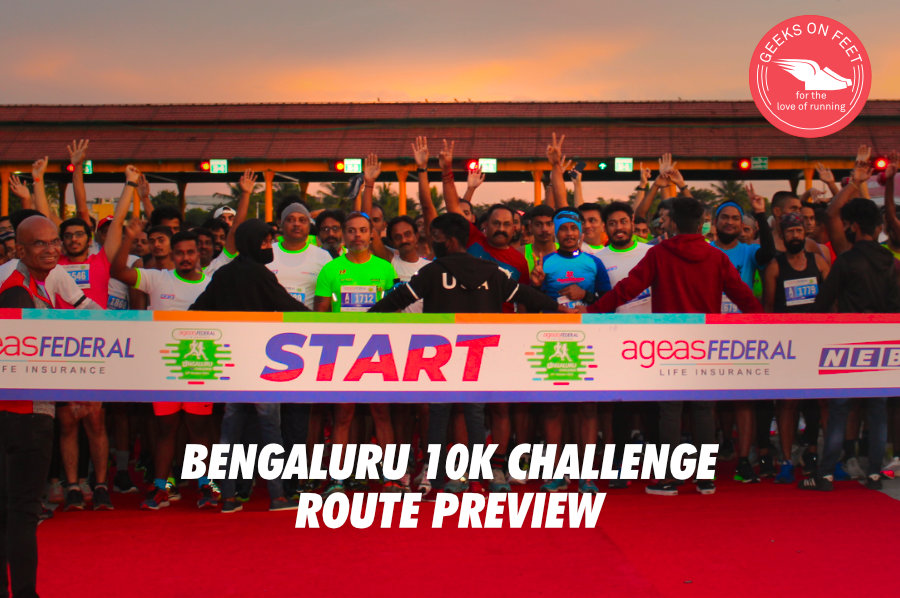
The Bengaluru 10K Challenge lives up to its moniker “The Tougher 10K”
After two years of COVID-19 created disruptions, this race is finally back where it belongs in the Calendar, i.e., in the month of July. Let us start with the weather, generally around this time of the year, the weather is very pleasant in Bengaluru as we are in the middle of the monsoon season. In fact, in previous editions there has been an agreeable slight drizzle during the race that helps the runners. That said, this time around we have a late start – 6:30 AM as against 6:00 AM - for the 10km race. So, the weather gods might be in a mildly tempestuous mood.
No rain is expected during the race. The humidity is expected to be very high touching 90-95% during the race. Temperature during the race is expected to be between 20-21 degrees. Wind direction is from west, with an average speed of 15 km/h, so mostly cross-winds.
This time around there are 3 corrals in the 10km category viz. Section A, Section B and Section C, based on the past finish timing of participants .
- Below 50 mins - Section A
- Below 60 mins - Section B
- Above 60 mins - Section C
With the weather and start line logistics out of the way, let us talk about the course. There are virtually no flat stretches on this course. You are either running up or you are running down. Despite the daunting elevation profile, it is interesting to note that this is a net downhill course. There is just one U-turn at the halfway mark that not-withstanding this is an out and back course with very little turns to contend with.
Route Preview
Having set the context let us do a deep dive into the course now.
Download the GPX file here.
KM-1: You are all charged up and on fresh legs but be careful not to waste too much energy in this section. The first 400m is a gentle downhill slope and the next 600m is a gentle uphill slope. Use this section to settle those nerves and find your rhythm.
KM-2: This is a steep uphill section. One tip that we give runners to ace up-hills is to “distract” yourself. Count, focus on your breathing, say a mantra or group-up with runners of similar pace in this section and get done with it. Remember these are still early days in the race and your legs and lungs can take the onslaught of these hills.
KM-3: As you crest the first hill you get another gentle downhill slope of 400m. Use this stretch to coast and make up some time that was lost in the previous km. Be mindful of the fact that the next 600m is a steady uphill that takes you to the highest elevation on this course. Use the momentum from the initial downhill slope to maneuver the uphill part of this section.
KM-4 & 5: Loooong downhill section YAAY! These two kms are arguably the fastest KMs that you will run in this race. But a word of caution here, if you want to run the last 2kms of this race equally fast (if not faster) then DO NOT GO ALL OUT in this section. Run fast by all means but be mindful of the fact that at the end of this section only half the job is done. This is a make-or-break section in the context of this race. Too conservative and you leave too much to do at the end; Too fast and you run out of gas even before you hit that “yet another Looong downhill section” at the last leg of this race.
KM-6: Half the job is done and hopefully well! As you take the U-turn, mentally prepare yourself for the next two KMs which are undisputedly the toughest KMs that you will run in this race. The 6th KM is the elephant in the room that most runners seem to miss. It is a steady uphill for the first 500m and then a gentle uphill slope for the next 500m. Use this KM to derive energy from the runners that you will see on the opposite side; more importantly get yourself into a mind-space where you are ready to take on the “challenge” of the “Tougher 10k” i.e., the 7th km…
KM-7: This is the Godzilla in the room. You cannot ignore it, so embrace it. It is a steep up-hill all the way until the end of this KM and slightly beyond. By now fatigue would have started raising its ugly head and the body is asking questions of you. Again, distract yourself – count, hang on to a pack of runners, focus on your breathing, say a mantra. Accept the fact that everybody regardless of running pedigree slows down on this stretch, just put your head down and one foot in front of the other. Welcome to the Bengaluru 10k challenge.
KM-8: Pat yourself on the back, the toughest part of this race is behind you! Now is the time to speed up. The first 500m after the highest point on this course is a sharp downhill slope. Open your strides and make up for the time lost on “Godzilla Hill”. The next 400m are a steady uphill slope. The photographers and some runners (who are supporting and not running) are usually there around this section. So, it doesn’t really hurt to smile as you tackle this last hill.
KM-9-10: If you have paced yourself diligently, you have come to the party when it matters the most. The next 1.6kms is ALL downhill, YAAY! All systems are a GO! Really? Well almost. Allow us to spoil your party just a tad bit, the last 400m are a gentle uphill slope. So here we go again, freak out on the downhill but party responsibly, keeping in mind that last stretch.
Pacing the race - Few Examples
They say the easiest form of learning is imitation. If you are working on your pacing strategy, here is something to steal. We have analyzed few runners in our Strava network, and how they’ve handled the splits in 2021 edition of the race.
38-42 minute finishers
- Firstly, as expected there are no negative splits
- Barring one, all the runners in this category have their fastest split at fourth kilometer. Slowest split as expected is the Godzilla Hill, seventh kilometer.
- Difference between the slowest to fastest split is about 50-60s.
43-46 minute finishers
- As one expect, the deviation in pacing across splits is high compared to the 38-32 minute cohort.
- Difference between slowest to fastest split is more than 60s.
48-52 minute finishers
- Among the cohorts, these runners have the highest deviation of splits
- Difference between slowest to fastest splits is 1:30 minutes to 2 minutes.
Happy Racing to all the participants!!!

Kartik Iyer is a conversationalist, running geek, techie, marathoner, miles to go CrossFit junkie and bathroom Carnatic vocalist. He loves striking random conversations with people just about anywhere, music and anyting to do with tech and fitness, in no particular order. He can be reached at @kartikiyer2007 on Insta and on Strava
With inputs from Aravind Yarra
We are collaborating with Saucony India to offer our readers a 10% discount on online purchases at sauconyindia.com.
